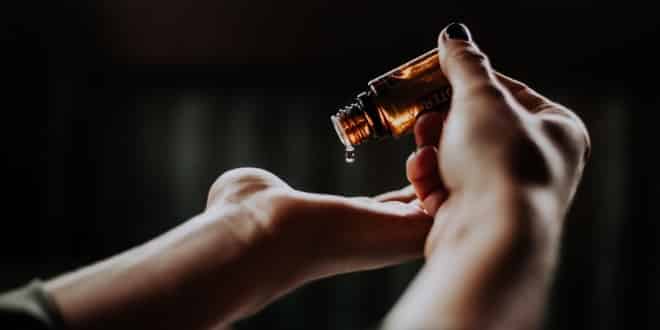by Lucas Bergman
Contributing Author, a real estate agent and renewable energy consultant
We are often unaware of how many different harmful substances are all around us. Therefore, it’s important to be well-informed, especially when it comes to carcinogens that can be found even in our homes. In order to help you with this, we’ve prepared a list of some of the most common harmful substances contained in household items that you should pay close attention to. Let’s take a look and turn our home into a healthier place to live in.
Contributing Author,a real estate agent and renewable energy consultant
Here are the most common Carcinogens in Our Homes
1. Formaldehyde
Formaldehyde is one of the carcinogen substances which can be contained in body care products, makeup, soaps and different room sprays. In comparison to other dangerous ingredients, this one has been shown to be particularly challenging to avoid because you’ll never find it listed on the product’s label. The reason for that is simple – formaldehyde is never added to the products but it is released after a series of chemical reactions that certain preservatives go through. Luckily, the list of formaldehyde-releasers is well-known and it includes DMDM hydantoin, diazolidinyl urea, imidazolidinyl urea, quaternium-15, Bronopol and hydroxymethylglycinate.
2. Glyphosate
Glyphosate is another newly discovered human carcinogen that was added to the list in 2015. Unfortunately, it can be really hard to avoid since it can be found in non-organic food due to its widespread use in agriculture. However, considering the astronomically high prices of organic vegetables and fruits, you should consider growing your own small garden. It shouldn’t require too much work and you’ll be sure that your family and you eat healthy. Furthermore, women should pay close attention to the brands of tampons they use since if the cotton isn’t organic, they will risk exposing an extremely sensitive part of the body to glyphosate.
3. Asbestos

4. Chlorine
Chlorine is one of widely-present carcinogens in our households and it can be found in laundry whiteners, different cleaners and mould removers. The main reason why it’s so often contained in these products is its efficiency for killing bacteria and eliminating hard stains. Unfortunately, chlorine may be extremely dangerous to your health, especially your nasal and respiratory passages, if you’re often exposed to it. Therefore, you should avoid these products and instead try out some homemade cleaning alternatives. You’ll be surprised to see how easily vinegar can do the same wonders for your tiles as any other regular cleaner but without exposing your entire family to risk and seriously endangering your health.
5. Triclosan
The worst thing about all the carcinogens is that you don’t even notice how harmful they are until it is too late. The same applies to triclosan, which is a very aggressive antibacterial compound that has been proven to interfere with our hormones and can lead to a serious imbalance in our body. So, instead of buying hand sanitizers which have this substance listed on their packaging, stick to those which contain alcohol. Finally, remember that natural and homemade soaps are your best bet and don’t fall for advertisements saying that certain body washes will protect you better from bacteria than a regular soap.
As you can see, it seems that we’re not fully safe even in our own home. Luckily, if you’re ready to do your research and stay informed, you’ll have nothing to worry about. Keep in mind that natural products are always the best way to go and are definitely worth the investment. Good luck, and stay healthy!
Lucas is a real estate agent and renewable energy consultant with many hobbies and passions, but above all, he enjoys the most spending time with his wife – Mara. He also likes Lord of the Rings. He, actually, very much likes Lord of the Rings. He is a regular contributor at smoothdecorator.com
Liked this article? Share it to say “thanks!” Your support is much appreciated!







